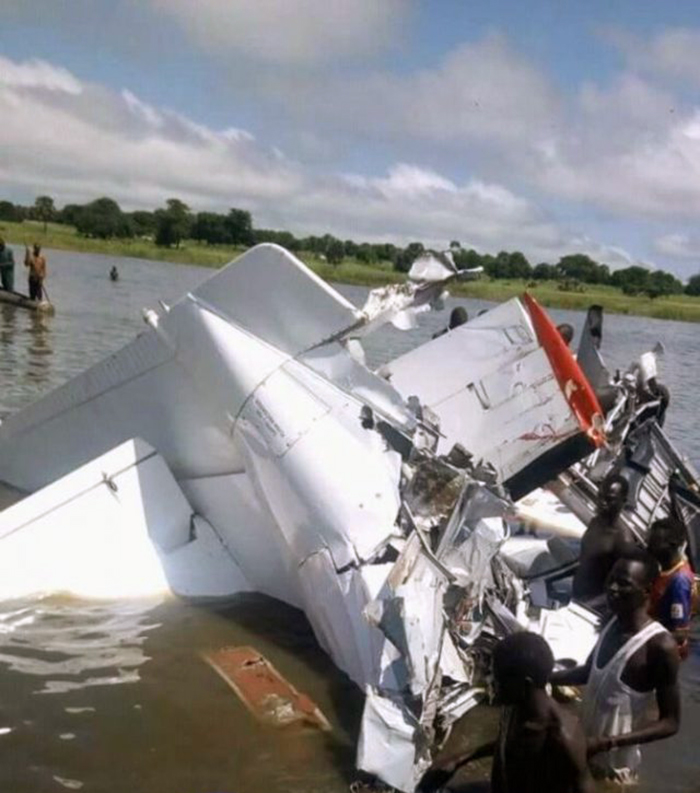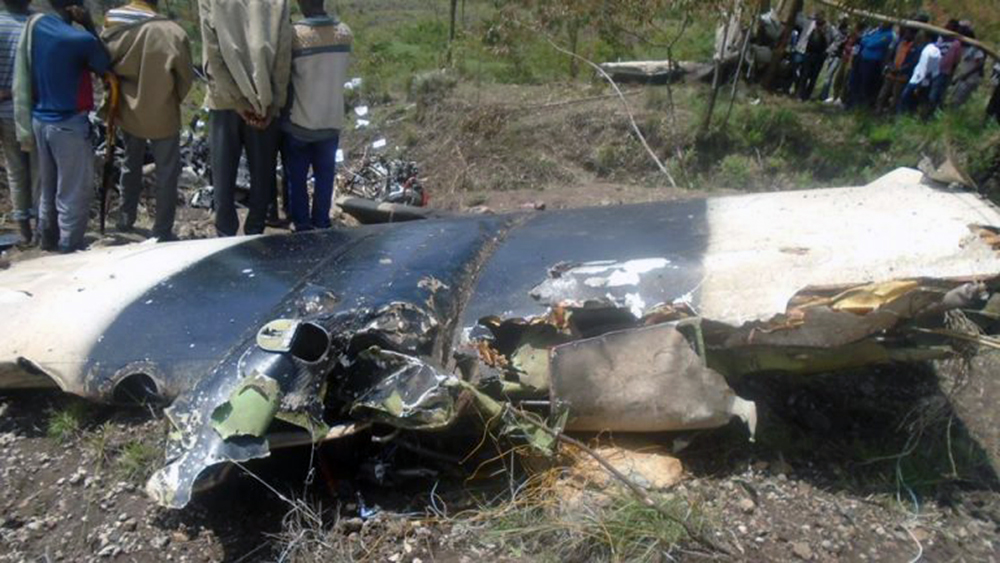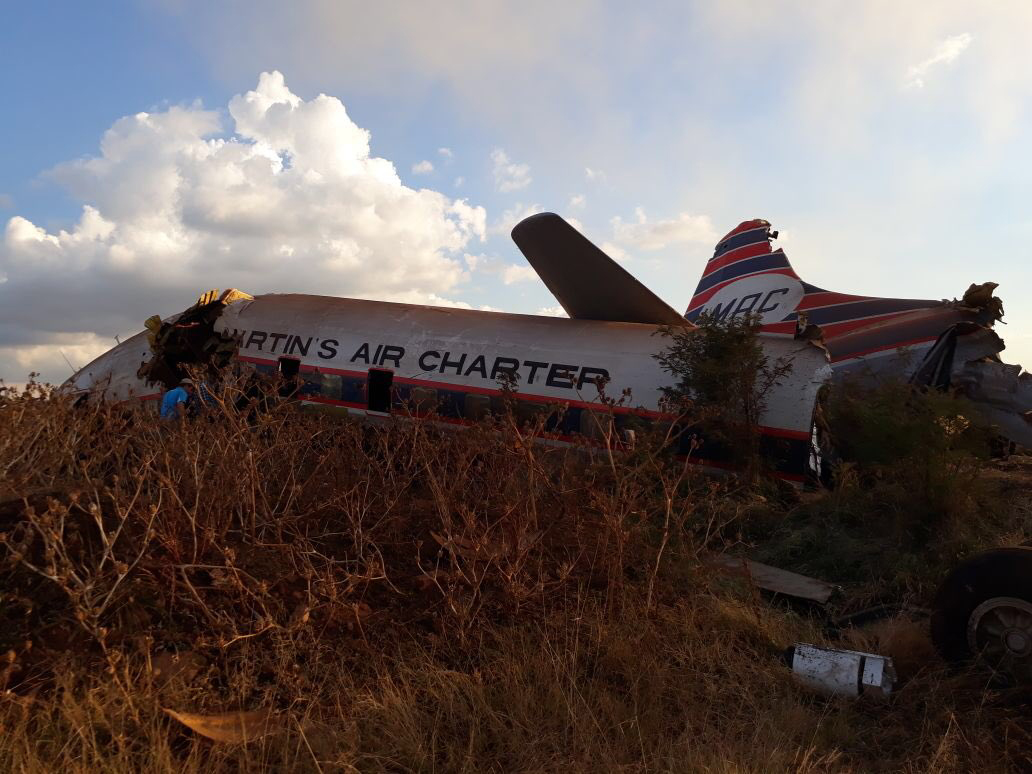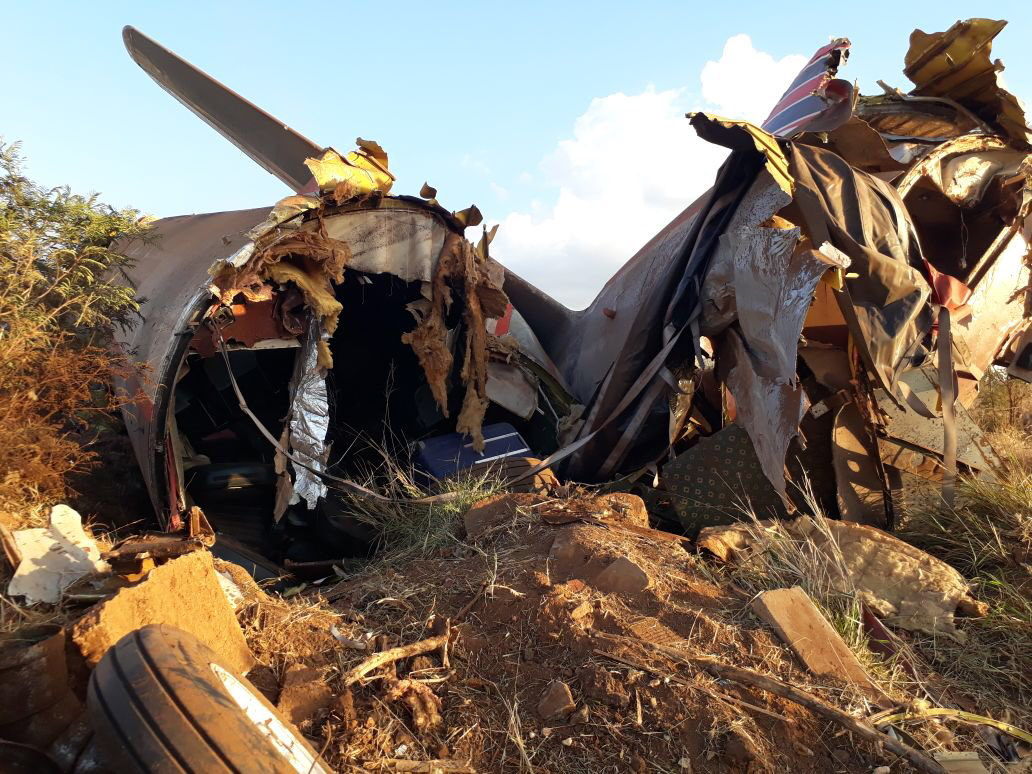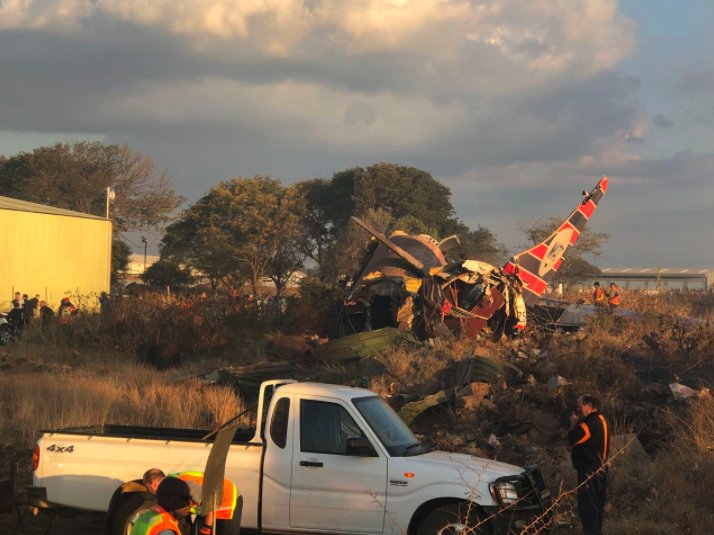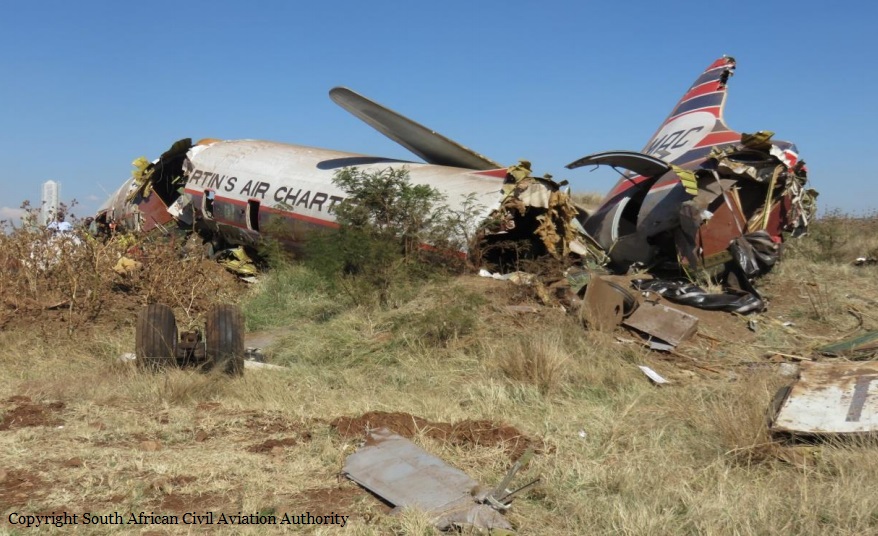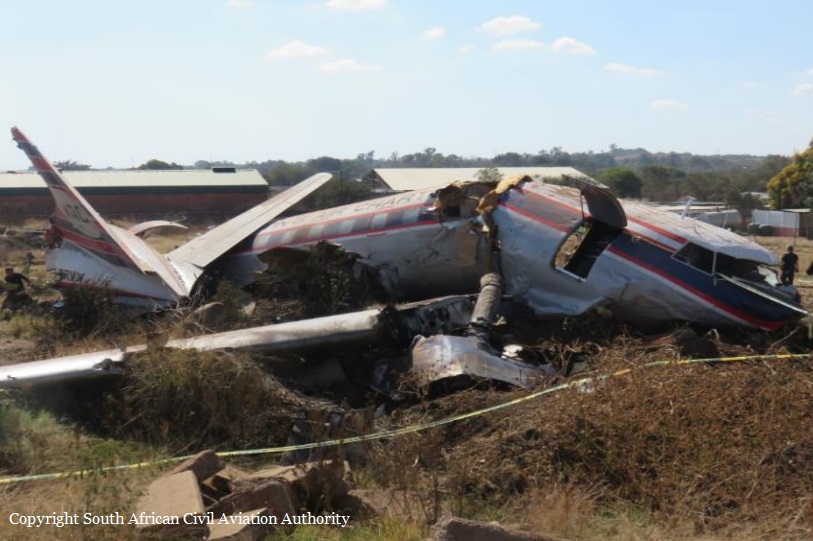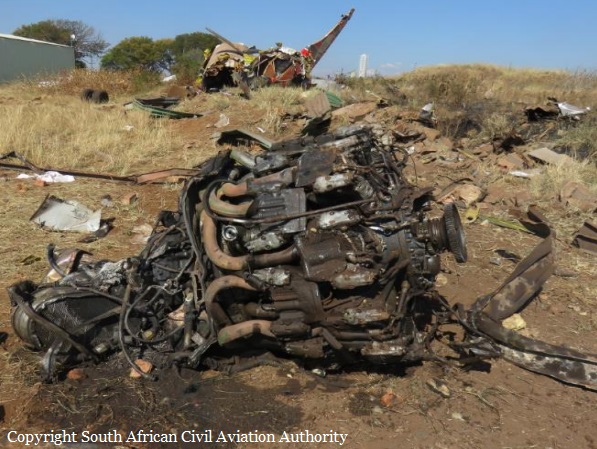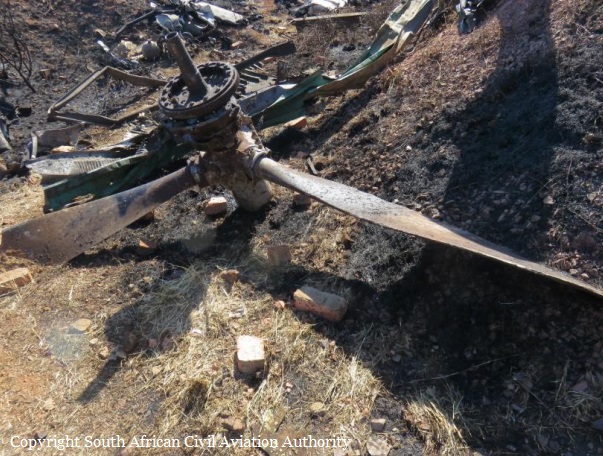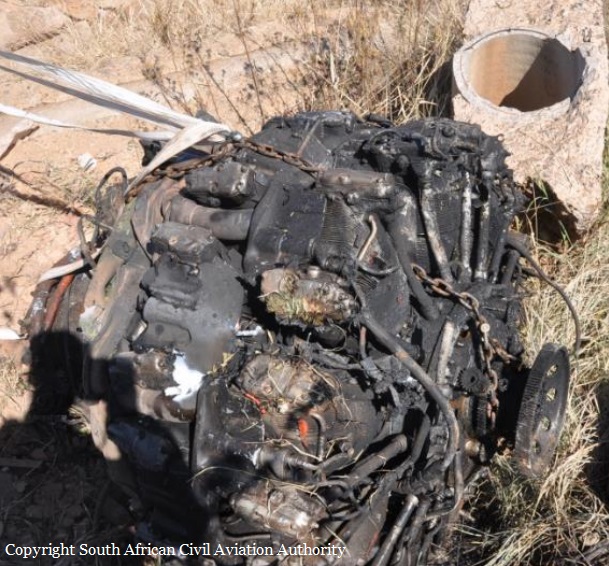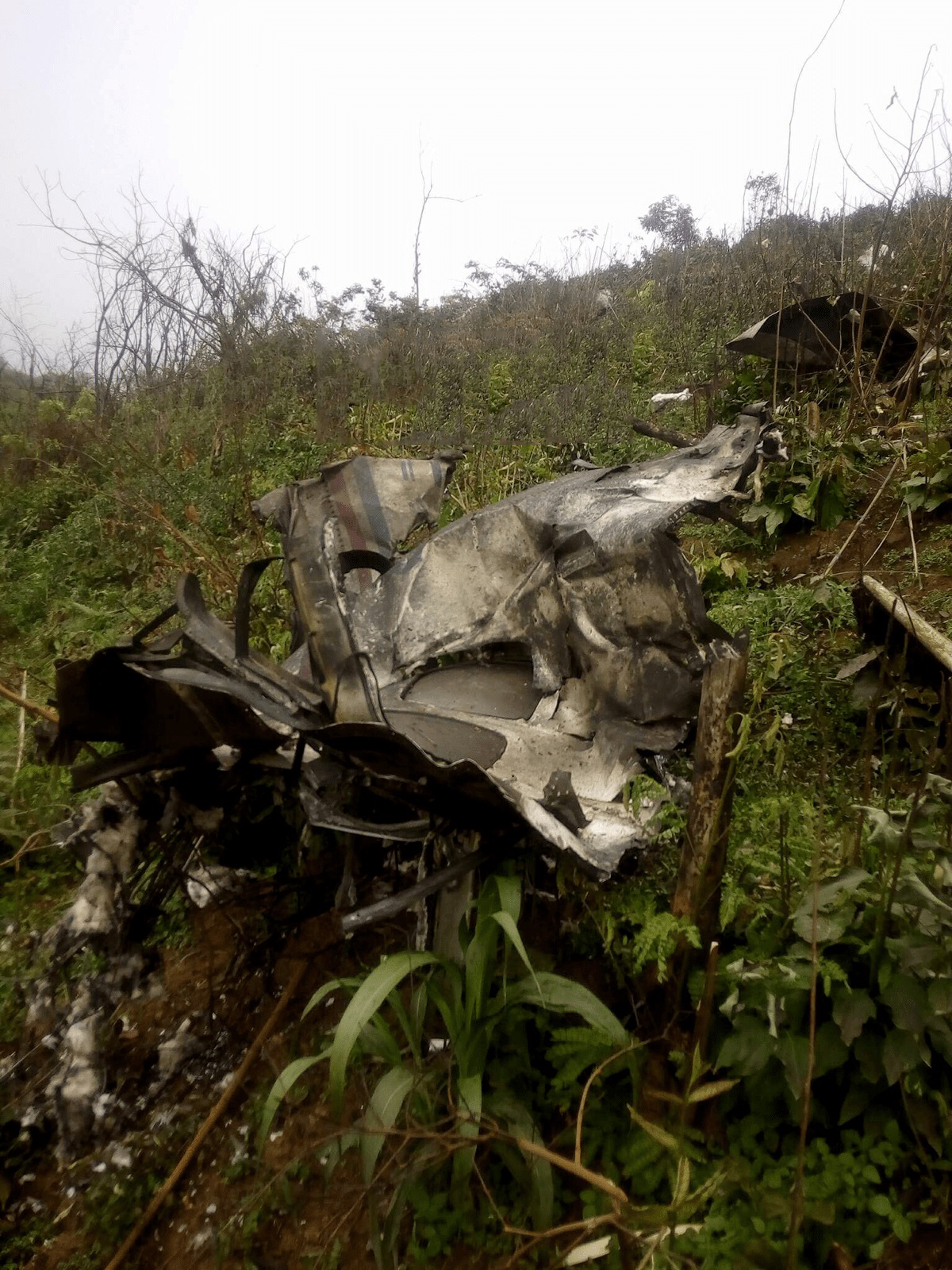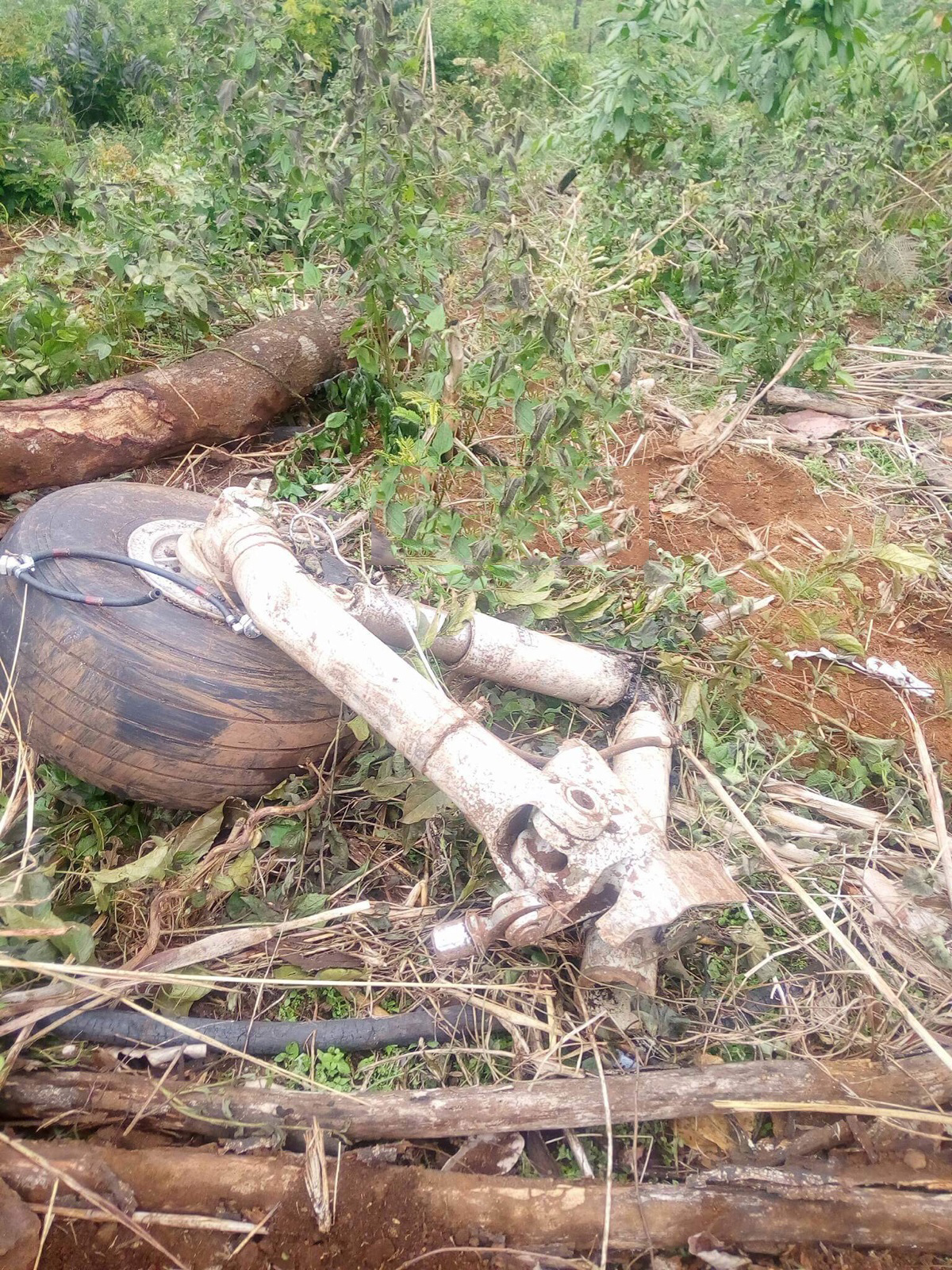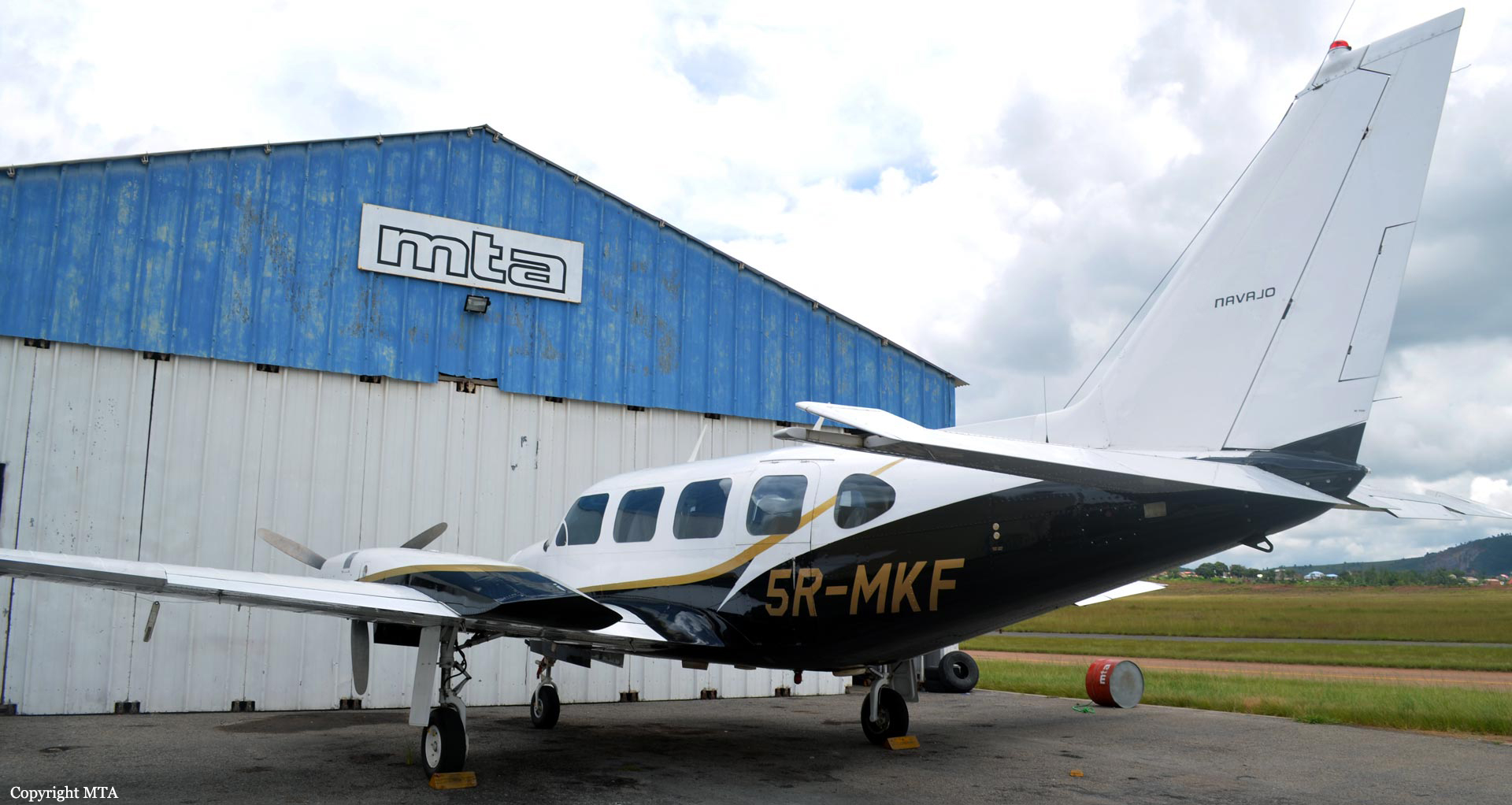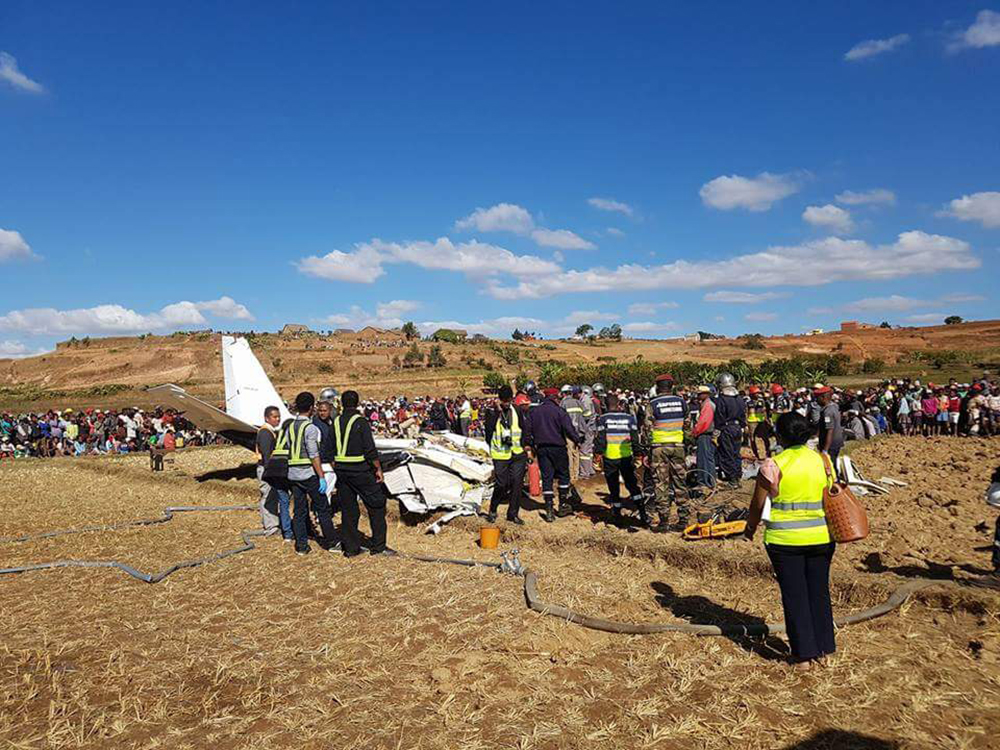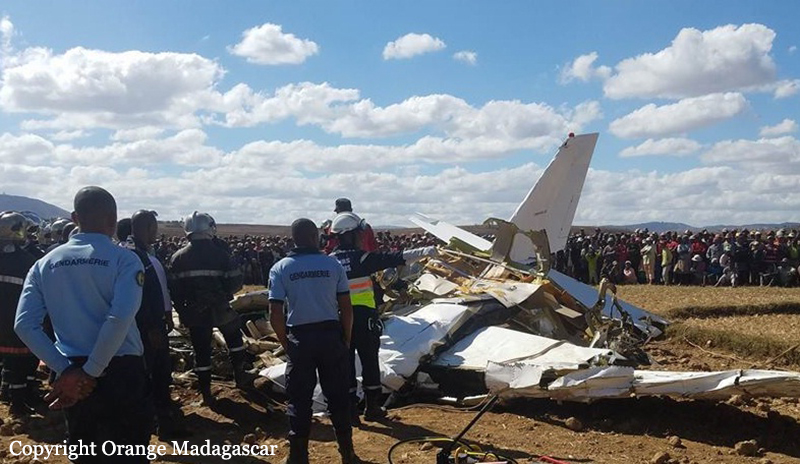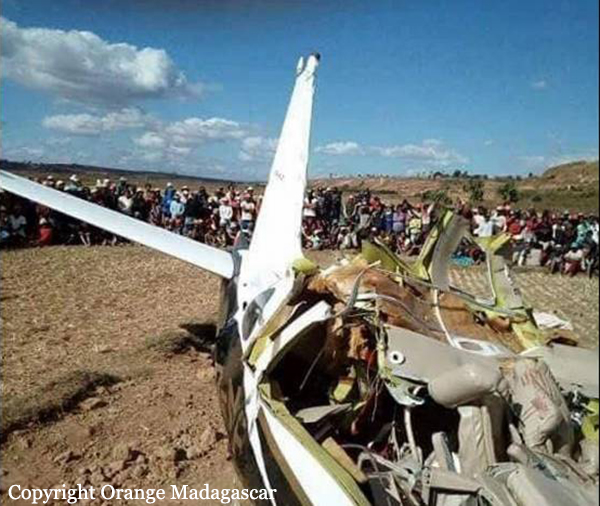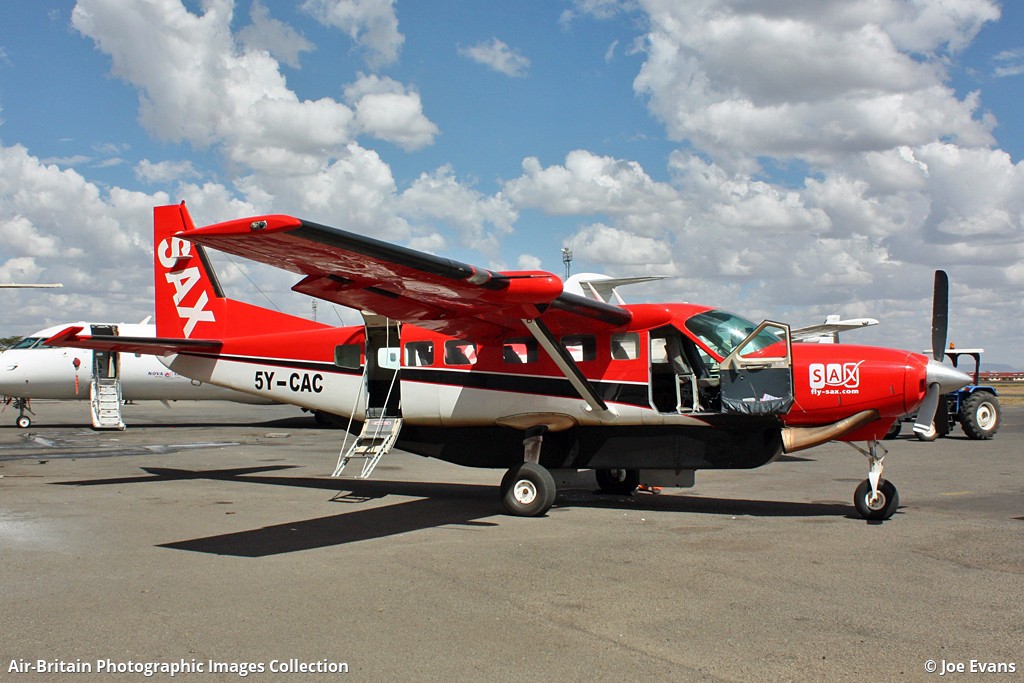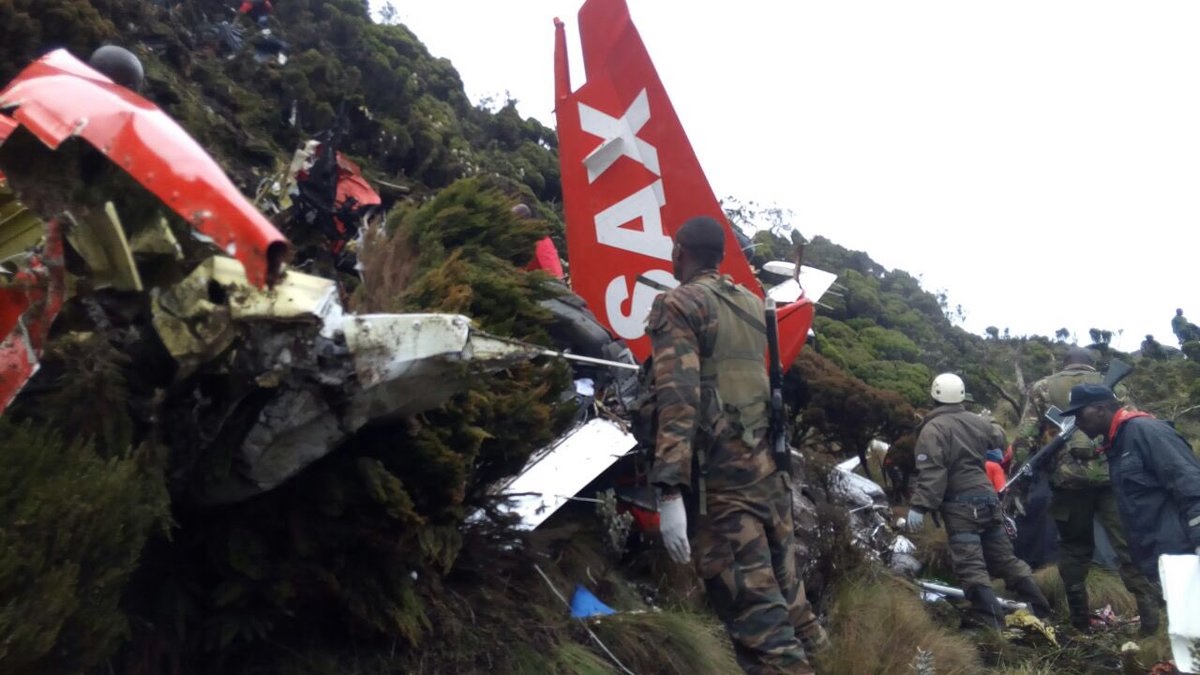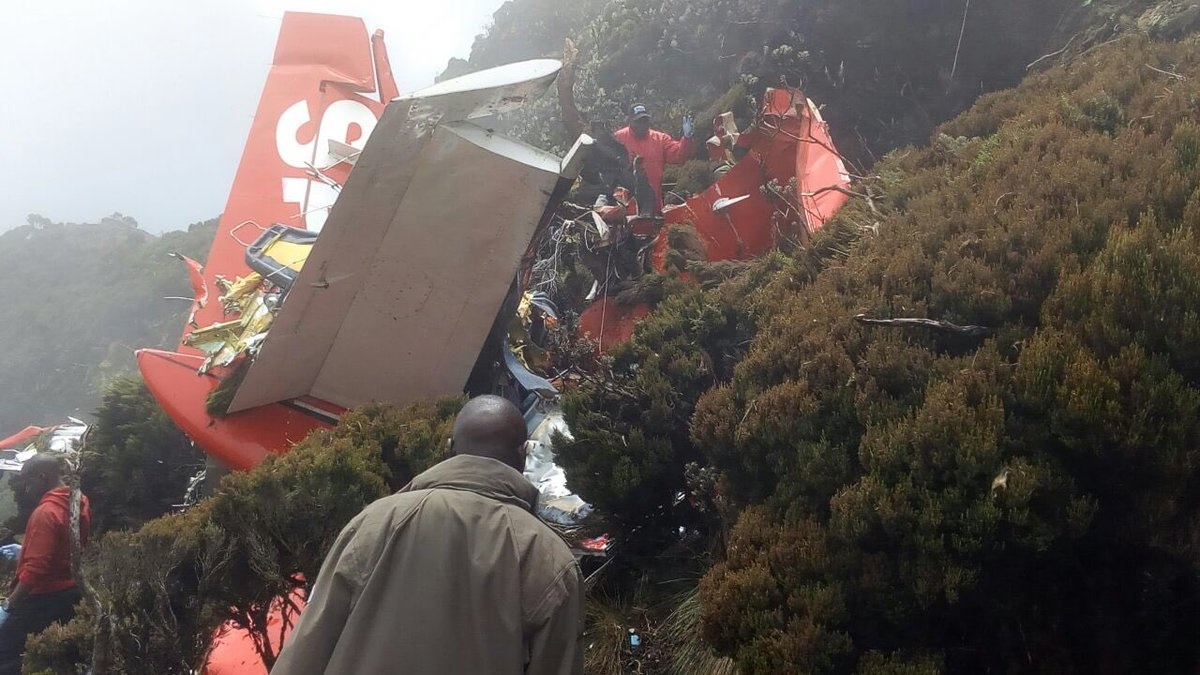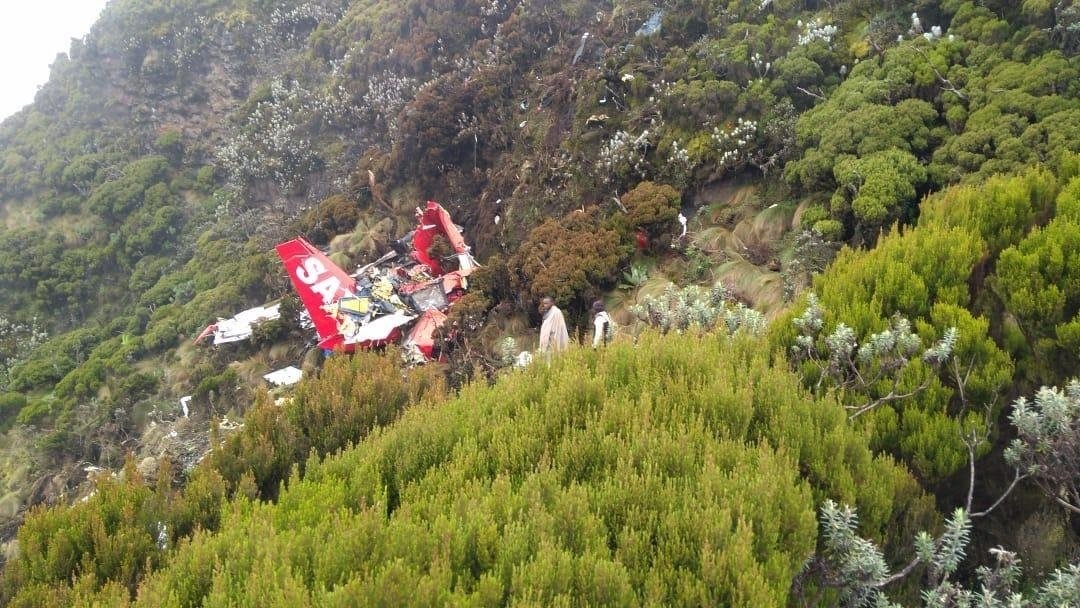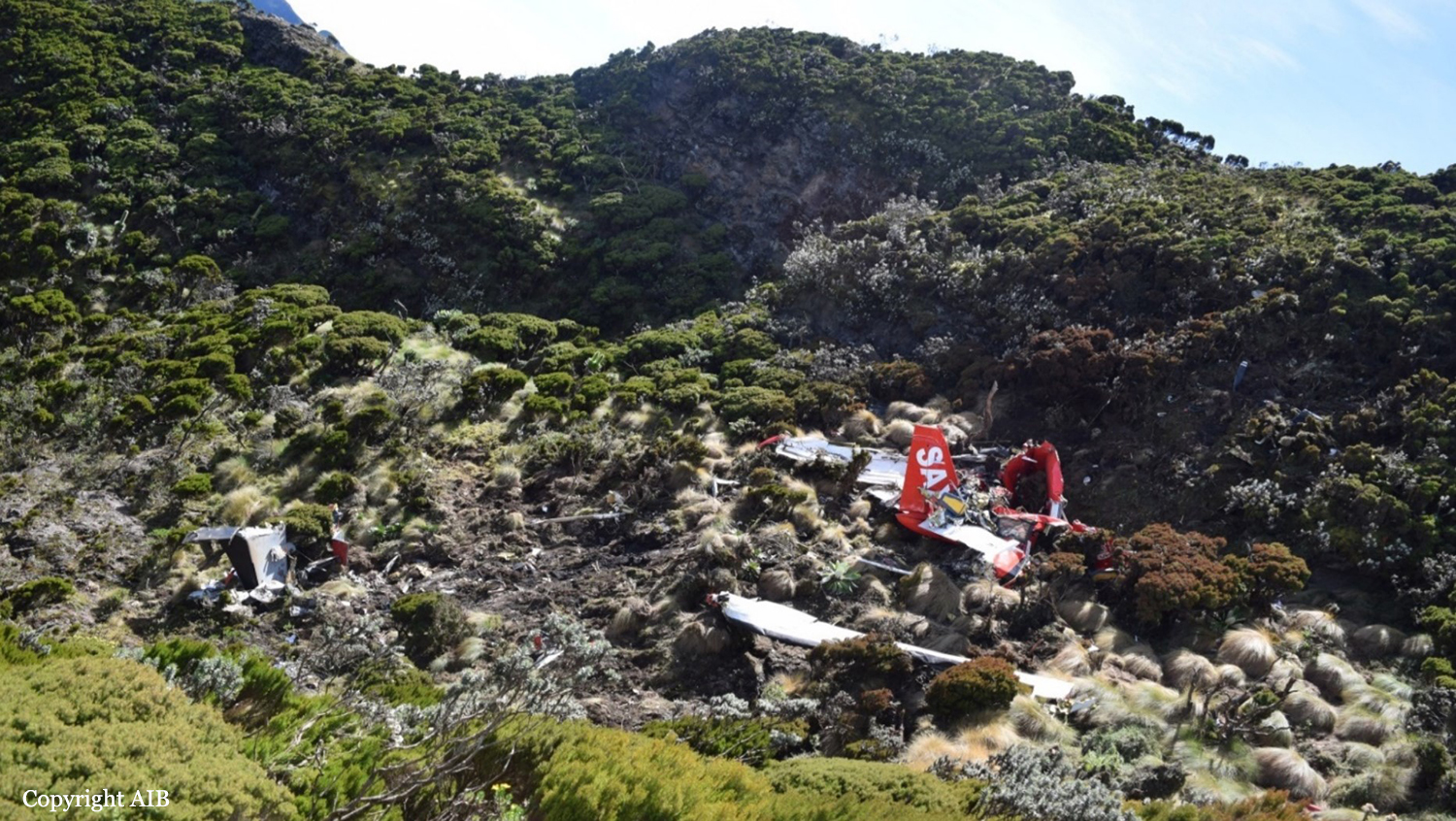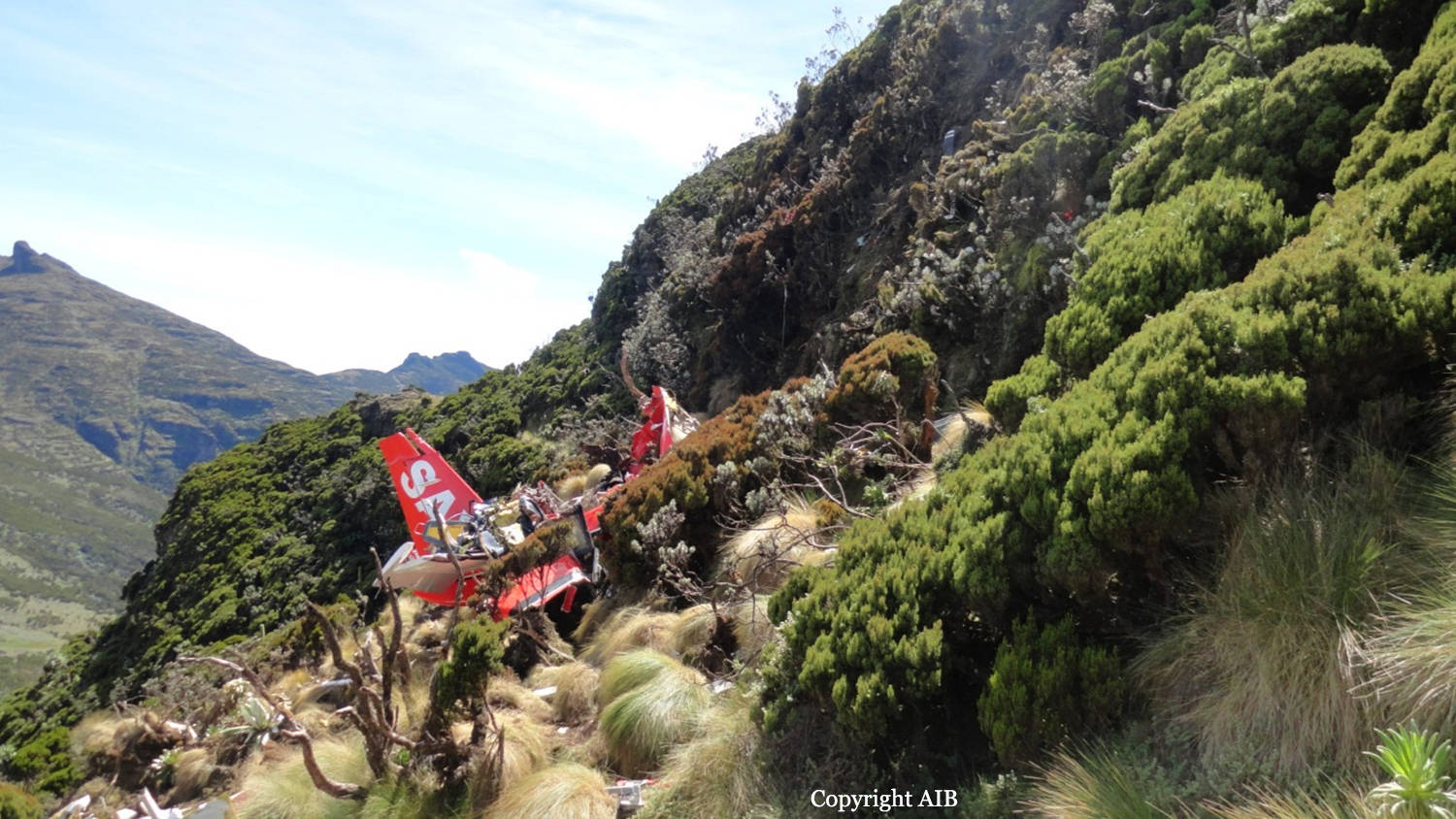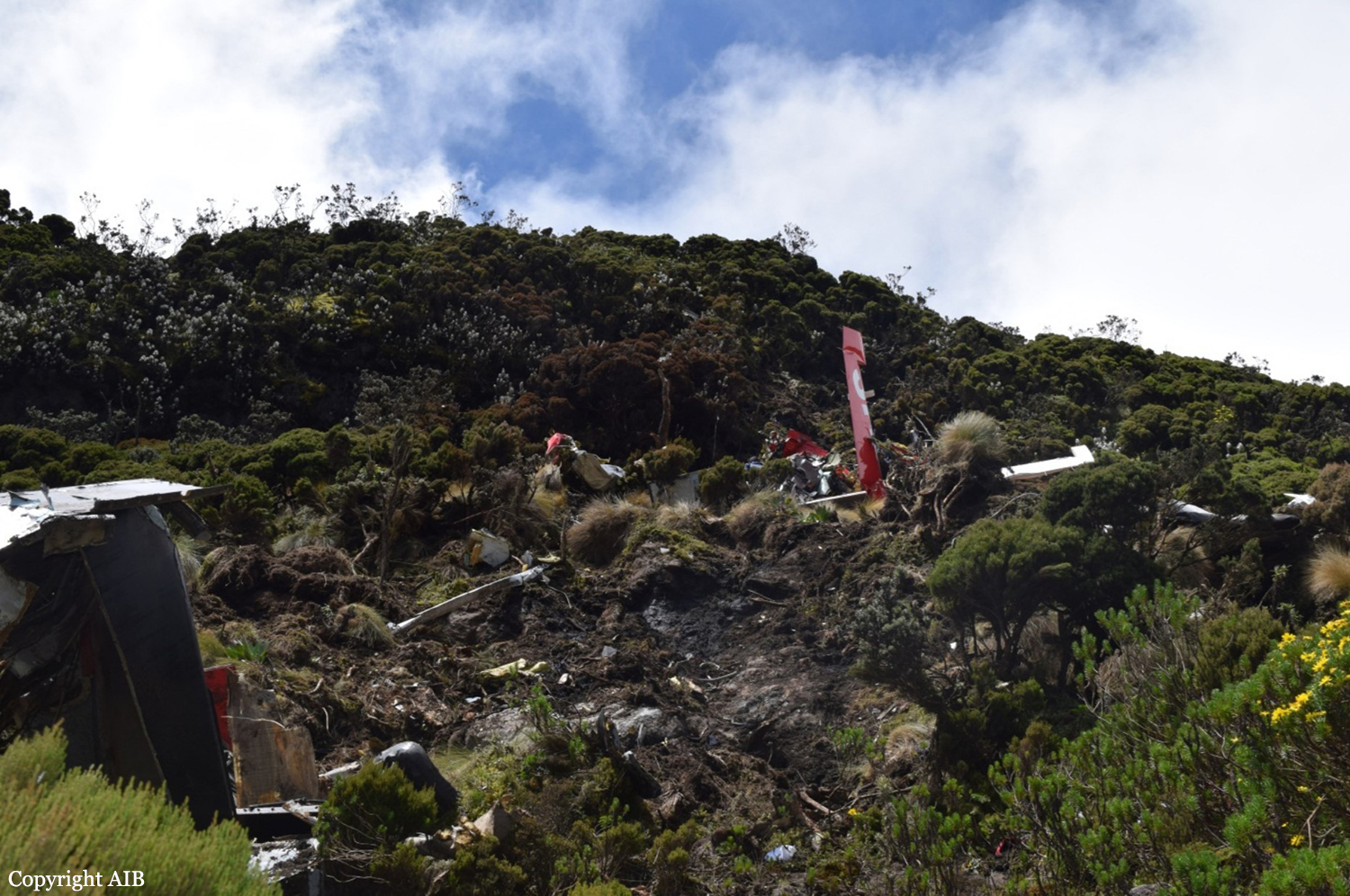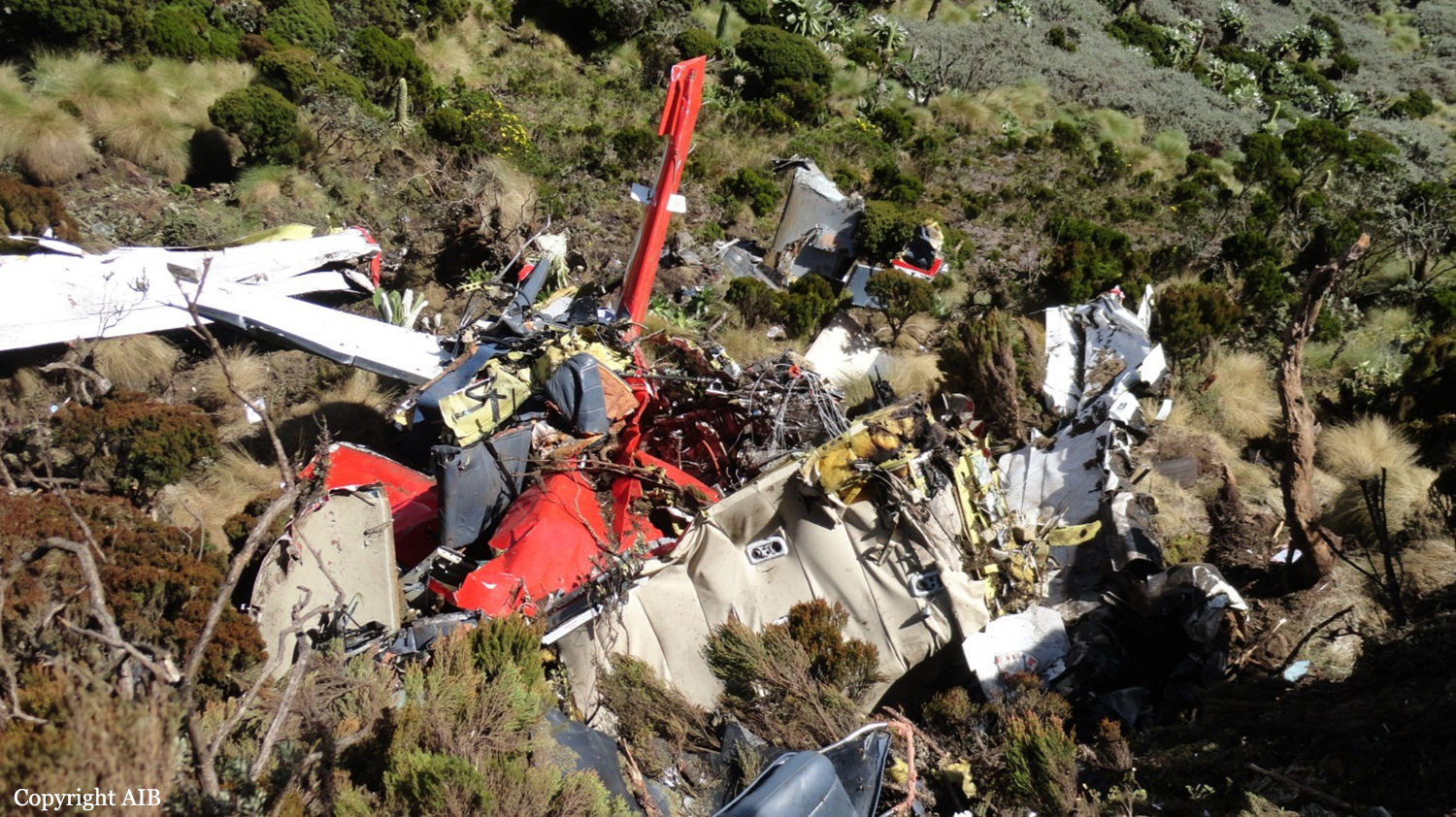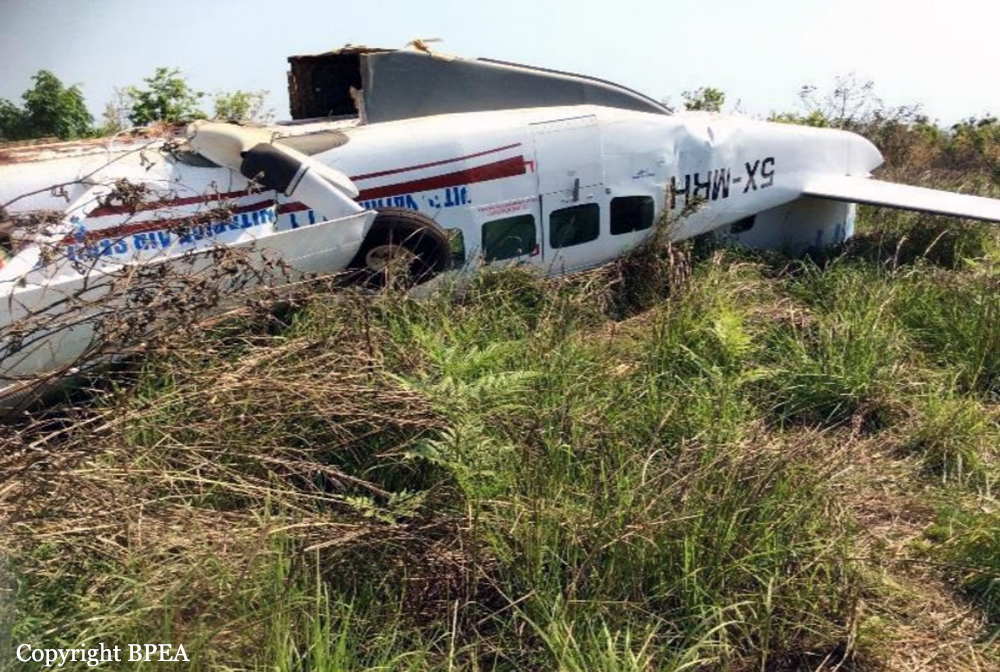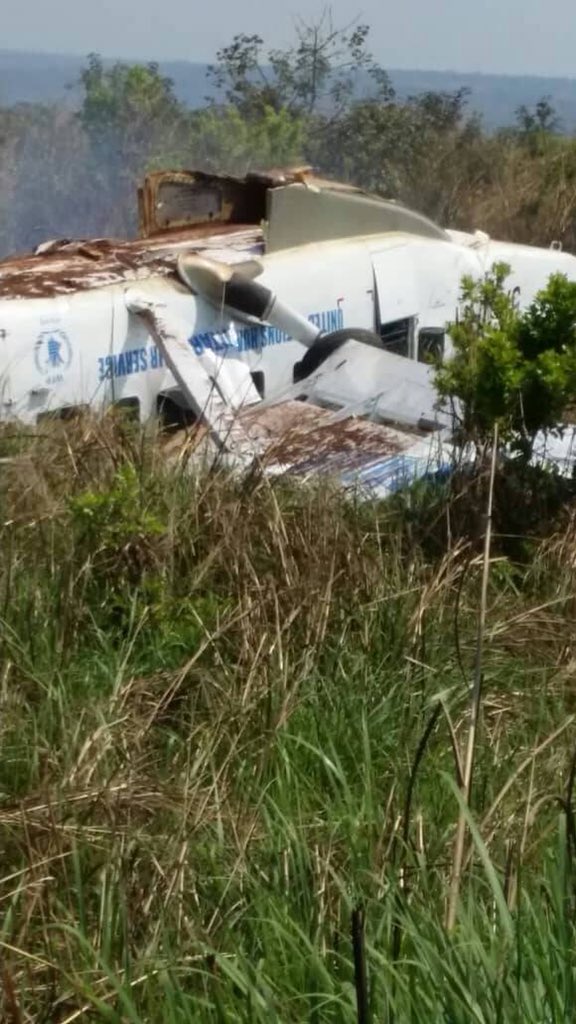Crash of a Let L-410UVP off Yirol: 20 killed
Date & Time:
Sep 9, 2018 at 0845 LT
Registration:
UR-TWO
Survivors:
Yes
Schedule:
Juba - Yirol
MSN:
84 13 28
YOM:
1984
Crew on board:
3
Crew fatalities:
Pax on board:
20
Pax fatalities:
Other fatalities:
Total fatalities:
20
Circumstances:
On approach to Yiral Airport in poor visibility due to fog, the twin engine aircraft descended too low, impacted the surface of the Yirol Lake and crashed about 2 km north of the airfield. The aircraft was destroyed upon impact and four occupants were rescued while 19 others were killed. A day later, one of the survivor died from his injuries. The three survivors are two children and a Italian doctor. The flight was completed on behalf of the Slaver Company based in Ukraine.
Probable cause:
The committee for the investigations of Slav air let410 aircraft registration UR-TWO has finally concluded that the cause of the accident at Yirol Eastern Lake State Republic of South Sudan was caused by a combination of the following factors:
1. Severely bad weather in the morning of the accident.( Not making a decision to return back to Juba or diverting to the nearest airportRumbek).
2. Pilot incompetency and error in setting the altimeter for Yirol airstrip before the crash. (Causing variations in altitude- flying at false altitude actually below the actual flight level).
3. Replacement of a faulty propeller in Pibor and not informing the safety department of the changes and not being given the release document for operations.
1. Severely bad weather in the morning of the accident.( Not making a decision to return back to Juba or diverting to the nearest airportRumbek).
2. Pilot incompetency and error in setting the altimeter for Yirol airstrip before the crash. (Causing variations in altitude- flying at false altitude actually below the actual flight level).
3. Replacement of a faulty propeller in Pibor and not informing the safety department of the changes and not being given the release document for operations.
Final Report:

